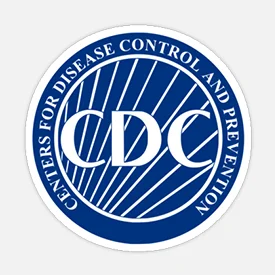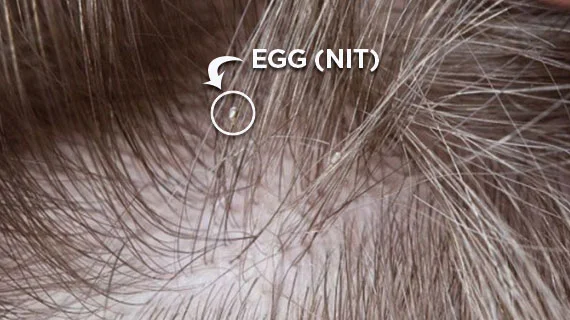Lice Symptoms – Do You Have Lice?
How many times a day do you have an itch?
If you are like me, there are itches here and there all day long. Nothing to worry about, right?
An itch can be explained due to dry skin, a mosquito bite, poison oak or ivy, a skin condition, an allergic reaction…so many possibilities. Some people will even begin to have an itchy head simply because this article is titled, “Lice Symptoms.”
With all of these reasons for an itch, how do you know if your symptoms are because of lice or something else? This question is even more significant when you realize that it is surprisingly common for a wrong diagnosis.
What are the symptoms?
The American Academy of Dermatology lists the symptoms of lice as follows.
- Itchy scalp.
- Scratching. Some people scratch so much that the scalp — and sometimes the back of the neck — become red and irritated.
- Crawling sensation. People often feel something crawling on the hair or scalp.
- Seeing bugs. These look like light-brown sesame seeds crawling on the hair, skin, or clothing.
- Finding lice eggs (nits). The eggs are yellow, brown, or tan and about the size of a pinhead. These seem glued to the hair. If the eggs have hatched, you will see clear shells.
- Swollen lymph nodes (many people call “glands”) in the neck.
The itchy scalp, listed first, is the most common symptom while the last symptom, swollen lymph nodes, are less common. Another article explains that bacterial infection associated with lice, causing swollen lymph nodes, is due to excessive scratching.
Take your time
It is common to have lice misdiagnosed. That is to say, many people are thought to have lice and are treated for lice, when in fact their scratching was due to something else. Scabs, dandruff, and any other small things that can get stuck in hair are regularly mistaken for lice. In fact, finding lice nits (eggs) attached to hairs does not even confirm a diagnosis. If the nit is attached to a hair, but further than a ¼ inch from the scalp, it is likely an old egg that never hatched.
 The CDC summarizes it this way, “If no nymphs or adults are seen, and the only nits found are more than ¼ inch from the scalp, then the infestation is probably old and no longer active — and does not need to be treated.”
The CDC summarizes it this way, “If no nymphs or adults are seen, and the only nits found are more than ¼ inch from the scalp, then the infestation is probably old and no longer active — and does not need to be treated.”
Just How Common is Misdiagnosis?
Perhaps due to how feared lice are, it is common for people to think they have lice when they, in fact, do not. It is even common to be wrong about the physical evidence of a lice infestation. In August 2000, a study was published that looked into the accuracy of diagnosis.
The researchers asked for individuals to mail in the evidence of the lice infestations they discovered. This evidence came in from parents, doctors, school nurses, and more. All together 614 samples were mailed in and examined.
The study found that “[a]n uncomfortably large proportion of the submissions had nothing to do with head lice, yet in every case someone suspected they were head lice or louse eggs.” 41% of the submissions had nothing to do with head lice and around half of the remaining examples were not evidence of active infestation.
Remember…Don’t Panic
If you or your child has an itchy scalp, don’t panic. Take your time and carefully look through the hair. Use plenty of light and a comb. Use this link for pictures of what lice look like at different stages of development. If you find positive evidence of lice, come into our clinic for a head check and review your treatment options.

So often we think of lice as some sort of super villains and we rush into a misdiagnosis. However, with the Lice Clinics of America there is such an easy and effective treatment that you can afford to take a breath and take your time! If there is an active infestation, it can be taken care of quickly and easily.
Find a clinic near you to make an appointment or to have ready-to-go in case you need them someday. Lice may be small and itchy, but there is no need to panic, we are here to help.











Leave a Reply
Want to join the discussion?Feel free to contribute!